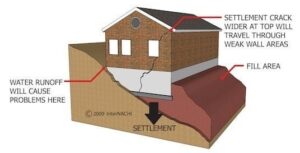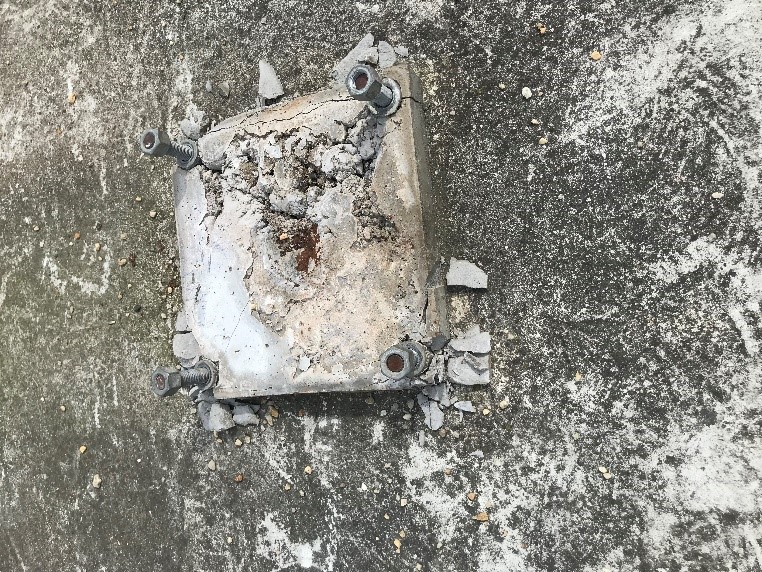BUYING A NEW HOME? HERES WHAT YOU NEED TO KNOW!
Buying a new home can be a thrilling experience, especially for first-time buyers. However, it’s important to remember that not all properties are created equal, and it’s essential to thoroughly inspect a house before committing to a purchase. While some defects can be easily detected without much structural engineering know-how, some structures can have hidden issues which might not be picked up by the seller or the real estate agent.
Following are some of the most common issues new home buyers should be on the lookout for:
FOUNDATION SETTLEMENT:
One of the most critical areas to check for new home buyers is the foundation of the house.
Foundation settlement occurs when the soil underneath the foundation of a home compresses, causing the foundation to sink or shift. This can occur due to a variety of reasons, including poor soil compaction, soil erosion, or changes in the moisture content of the soil. It can also occur over time due to changes in the underlying soil strata’s water content. Footing depth and size can also contribute to foundation settlement.
While it is easy to detect foundation settlement using a level, a house with substantial foundation settlement usually gives adequate signs. Cracks around windows or difficulty in closing doors is one of the major signs which new home buyers should look out for.
In some cases, foundation settlement can be corrected by installing piers or underpinning to stabilize the foundation.

DAMAGED BRICKWORK:
Another issue that new home buyers should be aware of is damaged brickwork. While it is common for brick walls to undergo localized damage such as dislocation or individual bricks, it is important to look at the overall condition of brickwork. A major sign of poor condition of brickwork is manifested in the form of mortar fretting. If you notice missing mortar between brickwork or if you can easily peel off mortar using your fingers, it might be a case of poor workmanship or weathering damage to the overall brickwork.
To repair mortar fretting, the old mortar is removed and new mortar is applied. However, it is important to ensure that the new mortar matches the colour and texture of the old mortar to maintain the aesthetic integrity of the brickwork.
LOCATION OF TREES WITHIN CLOSE VICINITY TO THE HOUSE:
Trees can provide many benefits to a property, including shade and aesthetic appeal. However, if a tree is planted too close to a home, its roots can cause damage to the foundation and surrounding structures.
To prevent tree-related damage, it is important to plant trees a safe distance away from a home’s foundation and to periodically inspect trees to ensure that their roots are not causing damage. If damage is suspected, a homeowner may need to consult with an arborist or foundation specialist to determine the best course of action.
TERMITE ATTACK:
Termites are small, wood-destroying insects that can cause significant damage to a home’s structural components if left untreated. They typically feed on cellulose-based materials, such as wood, and can cause damage to the structure of a home over time.
To prevent termite infestations, homeowners should ensure that there are no moisture issues in the home, as termites are attracted to damp areas. Additionally, it is important to inspect the home regularly for signs of termite activity, such as mud tubes, discarded wings, or damage to wooden structures. If a termite infestation is suspected, it is important to contact a pest control professional for treatment.
CESCON has helped many new home buyers make informed decisions about purchasing their first home. We provide detailed inspections and reports on the overall condition of the property, highlighting any major structural issues or potential problems that may arise in the future.
We understand that buying a home is a significant investment, and we aim to provide our clients with peace of mind and confidence in their decision-making process. With CESCON, new home buyers can rest assured that they have all the information they need to make the right decision and get an idea about any future investments their property might require.








